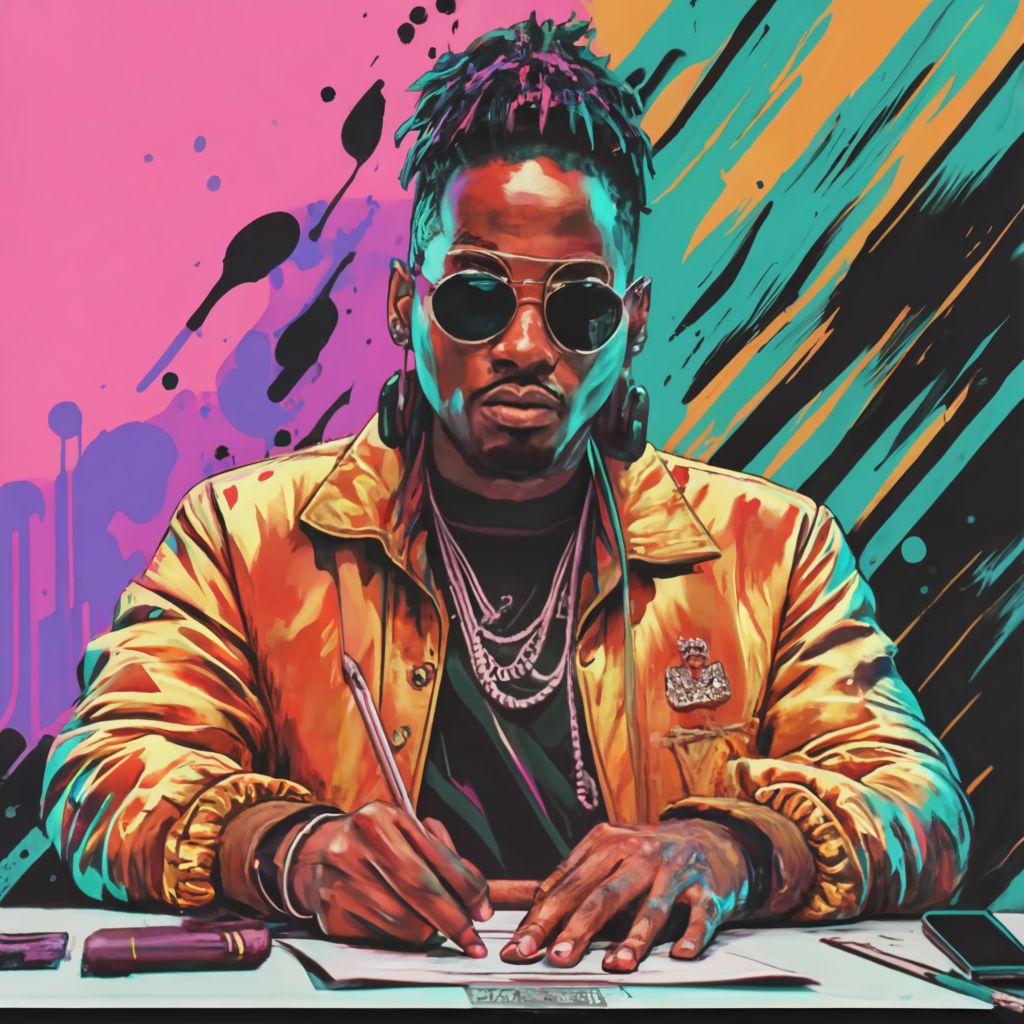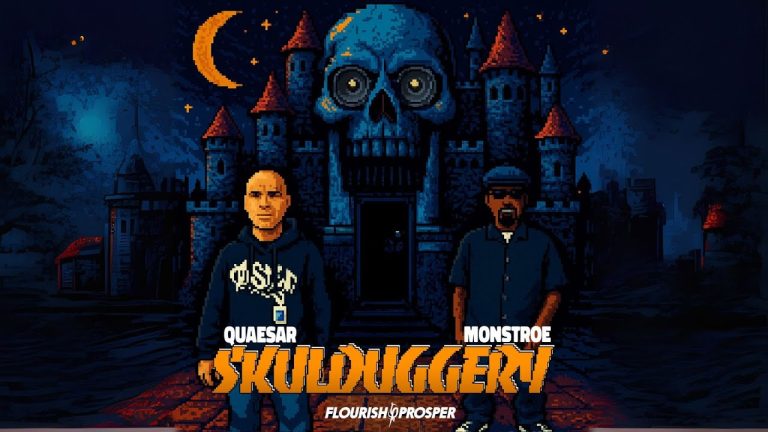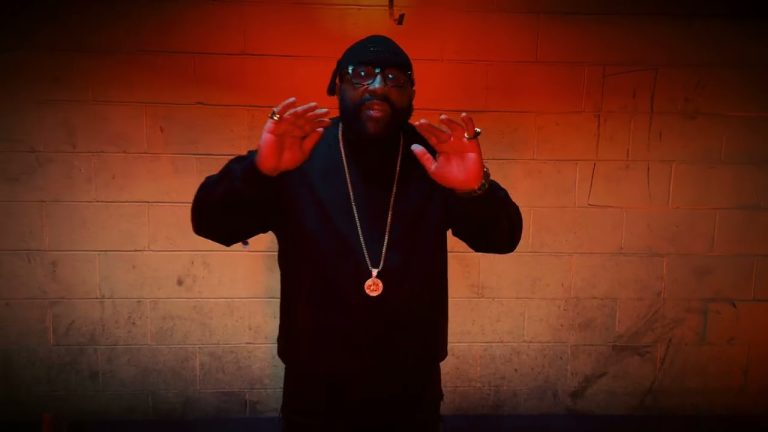Unveiling a New Realm: The Convergence of Virtual Reality and Music Videos
The Intersection of Music Videos and Virtual Reality
The advent of Virtual Reality (VR) technology has breathed fresh life into the music video world, introducing a new dimension for experiencing music. With VR music videos, viewers are not just passive spectators but involved participants. This immersive viewing enables fans to connect with the music, the artist, and storytelling elements in a never-before-seen manner.
In this revolutionary approach, standard two-dimensional video frames are replaced with three-dimensional virtual environments where depth, spatial presence, and interactive possibilities amplify the artistic messaging. Consequently, VR has the ability to completely reshape how music videos are created, appreciated, and experienced.
Innovative Techniques in VR Music Videos Production
Creating a VR music video is a complex task that requires a unique combination of music, art, and technology. Filmmakers utilize specialized 360-degree cameras to capture an all-encompassing view of the scene. This immersive video is then combined with spatial audio, giving the users a sense of directionality and offering them the power to choose what to focus on within the virtual narrative.
High-fidelity graphics, dynamic lighting, and other visual effects are also used to enhance the illusion of immersion. Furthermore, the use of interactivity in these new music experiences allows the audience to influence the narrative, ultimately making each viewing unique and personalised.
Impact on Artists and Audience
The convergence of VR and music videos is not only an artistic advancement but also a marketing game-changer. For artists, it provides a novel platform to express their musical narratives, emotionally engage their audience, and differentiate their offerings. It also opens up opportunities for innovative collaborations between musicians, visual artists, and tech developers.
For the audience, VR music videos offer an enhanced sensory experience. They allow audiences to feel like they are part of the performance, inside the song, and closer to the artist than ever before. This level of intimacy and involvement is simply unattainable through traditional music videos, and therefore promises to revolutionize the way we consume and interact with music.
Historical Evolution: The Journey from Traditional to Virtual Reality Music Videos
The Dawn of Music Videos
Music videos boast an impressive history that dates back to the early 20th century, when Soundies — short films meant to be viewed in a jukebox-like device known as a Panoram — emerged as the pioneer of this genre. The advent of television catalyzed their evolution and brought about the age of promotional film clips and short films for popular songs. These were typically shown on variety shows like Ed Sullivan’s, a medium that eventually morphed into the dedicated music video mediums that seized global prominence via channels such as MTV in the late 20th century.
The Leap into Digital Era
The turn of the century welcomed the digital era of music videos. Websites like YouTube emerged as platforms to upload, share, and view these videos, offering vast exposure to artists and making it easier for fans to access their content. In addition, the innovation of technology started to redefine music videos beyond simply being a passive viewing experience. The development of interactive music videos, where viewers could influence the storyline or visuals, marked the shift towards more immersive experiences.
Virtual Reality Steps into the Scene
Fast-forward to the present day, and we are witnessing the next evolution – Virtual Reality (VR). Giving a 360-degree panoramic view where viewers can navigate their viewpoint freely, VR technology has revolutionized the landscape of music videos. In recent times, artists have started to experiment with VR technology to create engaging, immersive music videos, allowing music enthusiasts to not only hear but also virtually experience the music. Artists like Björk and Run The Jewels have created VR music videos, nurturing an entirely new form of artistic expression.
This evolution from traditional to virtual reality music videos is not merely a technological advancement but a testament to the constant push for artistic innovation in the music industry. The journey from Soundies to VR music videos reminds us how art and technology have been interwoven throughout history, spurring creativity and reinventing the way we experience music.
The Making of Virtual Reality Music Videos: A Step-by-Step Breakdown
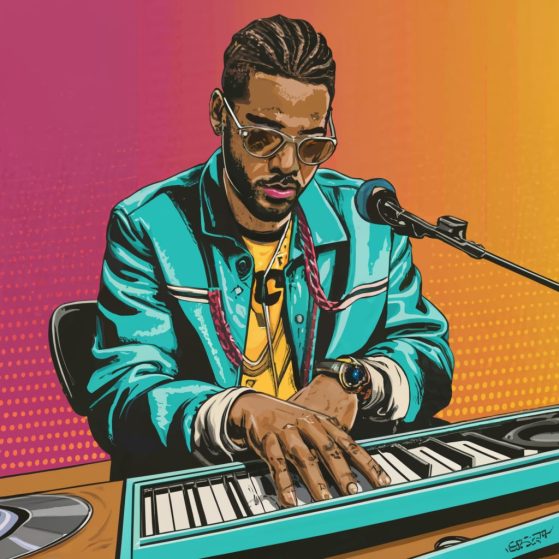
Initiating the Concept
The making of a virtual reality (VR) music video first begins with the germination of a concept. Being a new and innovative form of presenting music, creators have nearly unlimited freedom to shape their own unique world. The conceptualization phase is as crucial as any, where artists and directors can let their creativity run wild, envisioning the immersive experiences they want to offer their audiences. Storyboarding also takes place in this phase – mapping out scenes, camera angles, and actions. It is necessary for this plan to be flexible, as changes are often introduced during the production process.
Production and Technical Aspects
Once the concept is thoroughly fleshed out, the production phase can commence. What differentiates VR music videos from conventional ones is the type of camera used. A 360-degree camera or an array of cameras is employed to capture every angle in a scene. One challenge during filming is the need for the crew to avoid being in the shot, as the camera captures all directions.
In the post-production stage, the various video clips are stitched together into a seamless 360-degree experience using specialized software. As with regular videos, additional elements like special effects, sound effects, and graphics are added at this stage.
The Art of Immersion
Creating a compelling VR music video is not just about leveraging technology; it’s an art form that demands a deep understanding of audience engagement. The real power of VR lies in its ability to immerse viewers in a crafted world, transforming passive viewers into active participants in the video’s narrative.
For instance, VR creators may choose to use spatial audio, a technique that allows sounds to change depending on the viewer’s orientation within the virtual environment. This enhances the feeling of being ‘inside’ the music video.
Despite its challenges, the creation of VR music videos offers a unique intersection of music, technology, and art. This innovative step in the music industry not only enhances the emotional connection with the audience, but also provides a groundbreaking platform for musicians and creators to express their vision.
Exploring the Artistic Possibilities with VR in Music Videos
Revolutionizing Music Videos with VR Technology
The music industry’s adoption of virtual reality has allowed artists to push the boundaries of creativity when it comes to music video production. Traditionally, the creation of music videos has been a linear process with a clearly defined narrative. However, with immersive VR experiences, artists can now create interactive, 360-degree music videos that put viewers in the center of the action, effectively transforming passive viewers into active participants.
In these types of music videos, artists typically use VR technology to immerse viewers in a virtual world that visually represents the song’s lyrics or themes. This can involve anything from 3D animations to live-action scenes. The virtual world can be fully explorable, encouraging viewers to move around and interact with different elements.
VR and Its Impact on Audience Engagement
The flexibility offered by VR has also opened new avenues for audience engagement. For instance, in VR concerts, audience members can explore the concert venue, move closer to their favorite musicians, or interact with other virtual attendees, all from the comfort of their homes. This is a far cry from traditional music videos, where the viewer remains a passive observer. Using VR, artists can create a multisensory experience that goes beyond mere visual and auditory stimulation, connecting with their audience on a deeper, more personal level.
Similarly, artists can use VR to gamify their music videos. This means incorporating gameplay elements into the music video, such as tasks to complete or puzzles to solve. Gamified music videos can offer truly unique experiences, drawing in viewers and encouraging them to engage with the content in novel ways.
The Future of Music Videos in the Age of Virtual Reality
Looking ahead, the application of VR in music videos is only set to increase. As VR technology becomes more accessible and affordable, more artists are likely to experiment with this medium. This could pave the way for an entirely new genre of music videos, characterized by interactivity, immersion, and personalization.
Moreover, with advancements in technology, we can expect further blurring of lines between reality and virtuality. Concepts like virtual avatars and holographic performances that seem futuristic today might become commonplace in the music videos of tomorrow.
In conclusion, the intersection of VR and music videos represents an exciting new frontier in the music industry. By harnessing the power of this technology, artists can redefine the traditional music video format and deliver immersive, interactive experiences like never before.
Case Study Analysis: Successful Virtual Reality Music Video Examples
1. Groundbreaking VR Music Experiences
Innovative artists and directors have utilized Virtual Reality technology to transform conventional music videos into captivating VR experiences. One such example is Icelandic band Sigur Rós’s collaboration with Magic Leap on the mixed reality project ‘Tónandi’. This unique experience doesn’t just allow audience members to watch a video; they can navigate, interact with, and impact the musical environment.
2. Immersive Storytelling in the Musical World
Virtual Reality provides a platform for immersive storytelling that transcends traditional music videos’ boundaries. A notable example is the VR music video for U2’s “Song for Someone.” It features a 360-degree vantage point from the center of a performance, allowing viewers to direct their focus anywhere in the scene and feel as if they are part of the action. Additionally, the video includes segments where the band members narrate their personal experiences, lending an intimate touch to the piece.
3. Artistic Innovation: Pushing the Boundaries
Some artists use Virtual Reality not just for creating immersive experiences but also pushing the boundaries of artistic expression. The hip-hop artist Childish Gambino’s “PHAROS VR” concert showcases this aspect brilliantly. Shot in Joshua Tree, the VR video captures a live performance while transporting viewers to an otherworldly virtual space, complete with neon graphics and a strange alien landscape. This VR concert strikes a balance between offering an engaging concert experience and presenting an innovative piece of digital art.
Impact of Virtual Reality on Viewer Experience in Music Videos
Revolutionizing the Viewer’s Interaction with Music
Incorporating virtual reality into music videos has drastically transformed how viewers interact with music. Instead of being passive spectators, viewers can now be a part of the musical narrative brought to life in three-dimensional spaces. They can explore the video’s immersive world, discover hidden details, or follow the storyline from different perspectives. This heightened engagement makes the music more impactful and memorable, providing a deeper connection between the artist and the audience.
Enhancing Emotional Engagement
Virtual reality has also enhanced the emotional engagement in music videos. By placing viewers within the visuals, VR allows them to experience emotions more intensely. The immersive nature of this technology makes viewers feel like they are living inside the song, thereby heightening their sensory perception and emotional response. It adds another dimension to music appreciation, making feelings like joy, surprise, or melancholy more palpable.
Altering Perceptions of Time and Space
Another significant impact of virtual reality on music video is its ability to manipulate the viewers’ sense of time and space. Through creative animations and transitions, artists can transform ordinary spaces into extraordinary worlds, warp time, or alter the laws of physics. Viewers are not merely witnesses but partakers in these imaginative journeys that push the boundaries of reality. As a result, the very perception of music videos has evolved from a two-dimensional performance on a screen to an all-encompassing auditory-visual experience.
The Future of Virtual Reality in Music: Predictions and Trends
Embracing Virtual Performances
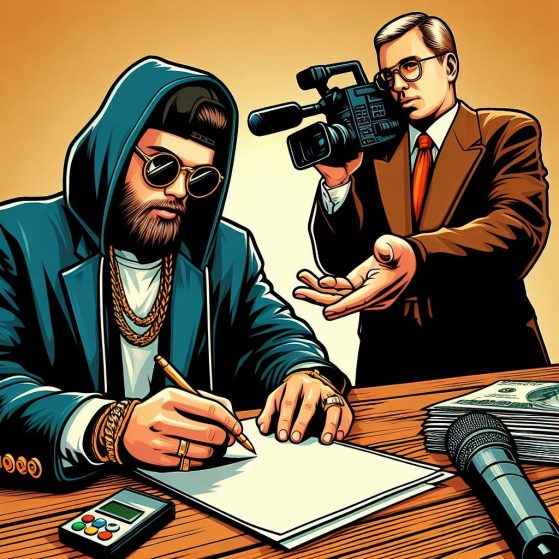
The music industry has already begun to explore the virtual reality (VR) realm with interactive concerts and music videos, creating immersive experiences for fans. However, as technology advances, we can expect to see this trend emerge even more prominently. With VR, artists will be capable of performing live concerts that can be enjoyed by fans around the world, all from the comfort of their homes. This spells a revolutionary shift in how concerts will be held in the future, making them more accessible and inclusive.
Interactive Musical Experiences
The next big leap in VR music is likely to bring about even more interactivity. Imagine being able to modify the backdrop of a music video to suit your mood or preferences, or to interact with the artists themselves. This heightened level of personalization could make every listen or view a unique experience, deepening the connection between artists and their audience. Furthermore, VR can provide multi-sensory experiences – where listeners not just hear, but also see and feel the music, literally stepping into songs.
The Evolution of Music Creation
It’s not just the consumption of music that will be transformed; VR is poised to revolutionize the way music is made as well. Emerging technologies could enable artists to compose and produce music in entirely new ways. Imagine musicians wearing VR headsets, using virtual instruments and creating sounds that don’t exist in the physical world. Additionally, collaborations among artists from different geographical locations will become much more feasible with VR, thereby fostering greater creativity and diversity in music.
Looking for a trusted and knowledgeable agency to help market your music career?
Contact us at + 1 626 872-5151 or info@flourishprosper.net
Or Checkout our website at flourishprosper.net

